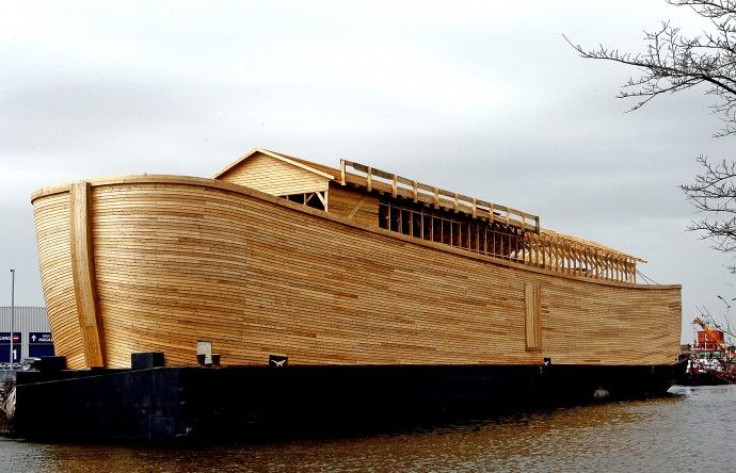Noah's Ark gets initial nod for tax breaks

The proposed $172 million project to build a Christian theme park in Kentucky, United States, which will also include a replica of Noah's Ark has received initial approval for state tax incentives, the Kentucky Tourism Development Finance Authority said on Monday.
Following the approval, investors are planning to build the exact replica of the Ark that finds its historical accounts in the Bible. According to the project’s (Ark Encounter) official site, an 800-acre site near Williamstown, off Interstate 75 is under consideration.
The theme park, slated for opening in 2014, is expected to draw about 1.6 million visitors a year and generate employments, adding $214 million to the region’s economy in the first year of operation.
“Bringing new jobs to Kentucky is my top priority, and with the estimated 900 jobs this project will create, I am happy about the economic impact this project will have on the Northern Kentucky region,” Steve Beshear, governor of Kentucky, was quoted as saying in media.
The proposed theme park will also feature a replica of biblical Tower of Babel, an ancient walled city, a zoo, live shows, theater shows and more to give visitors a real feel of the historical events.
Noah's Ark was built to save humanity and the animal kingdom in the face of a great flood, according to the Bible. Today, when global warming heralds such a disaster and when climate change issues need to be paid heed to, a replicated Noah’s Ark will be like a reminder to the world to save the planet once more in a Noah’s Ark – though this time in a metaphorical ark featuring best environmental policies and practices.
The world has witnessed building of replicas of Noah's Ark in the past as well. In 2006, Johan Huibers build his Ark with American cedar and Norwegian pine, in the Netherlands as a testament to his faith in the Bible, while a modern day version of the legendary Noah's Ark was built by Greenpeace volunteers on Mount Ararat, eastern Turkey in 2007 as part of a project to draw attention to global warming.
© Copyright IBTimes 2024. All rights reserved.











